I have no excuse for feeling uncomfortable about manual hopping on the organ, with this piano to practice on.
This splendid instrument belongs to a trust, but lives with me. The keyboards are essentially an 8′ and a 4′ working on a single set of strings – on the upper keyboard a linkage operates the hammer an octave higher than the key you have depressed. You can even couple the two keyboards together, like a harpsichord.
The idea is that octave passages, 10ths and so on can be spread between the two keyboards, making Rachmaninov, Chopin and the like much easier to play. The system was invented by Emmanuel Moor in the 1920s and 30s. He was a Hungarian composer and pianist (had lessons from Liszt), who developed strong ideas on the reformation of the piano.
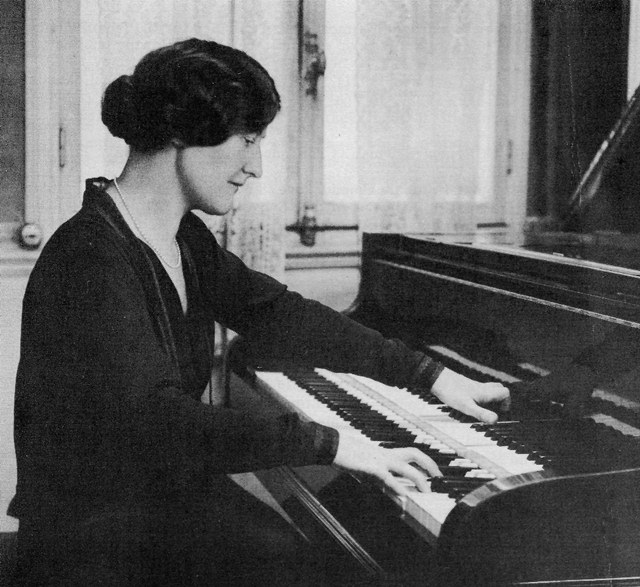
His wife, concert pianist Winifred Christie-Moor, promoted the instrument tirelessly across Europe and America, and it was taken seriously enough for Pleyel, Bosendorfer, Bechstein and Steinway all to produce examples – the trust also looks after several Moor double keyboard grand pianos.
As pianists would need to relearn their whole repertoire to play on it (and pianists, I suspect, also like using thunderous octave passages to show off), the idea was probably doomed from the start, and once the European piano manufacturers had picked themselves up from the destruction of WW2, no one was interested any more.
Mine is probably the only upright Moor piano to survive. It’s got a lovely sonorous tone, particularly in the bass. Quite a heavy action because of all the coupling inside – but good practice for surviving on a tracker organ!
I have loads more information about Moor pianos. If you are interested, make a comment, and I’ll post some more.

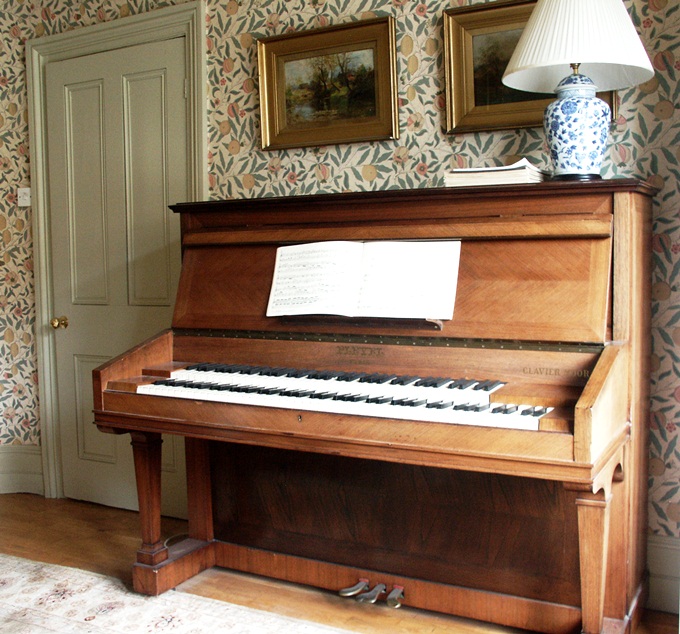
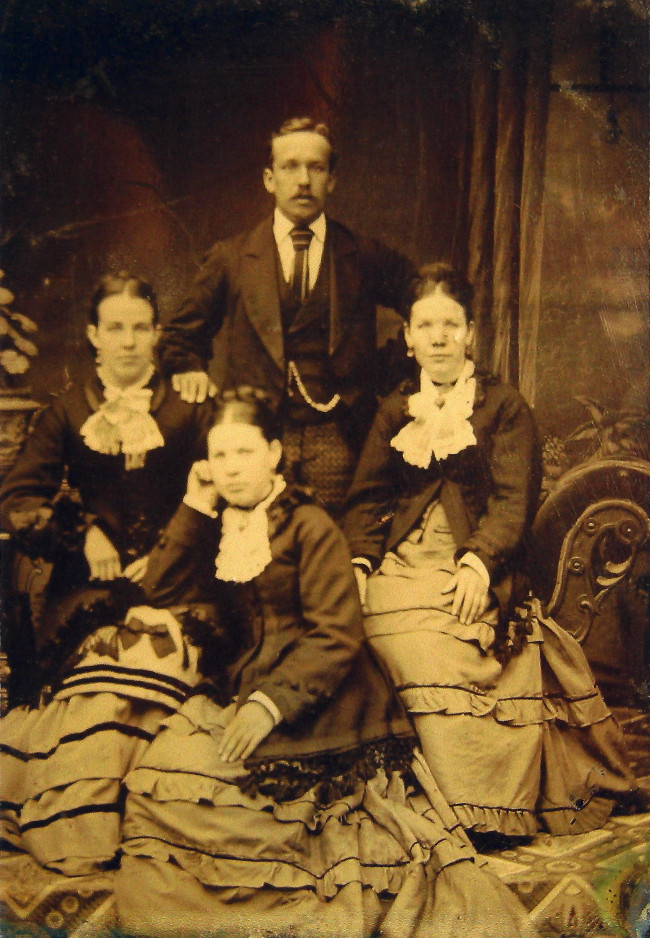
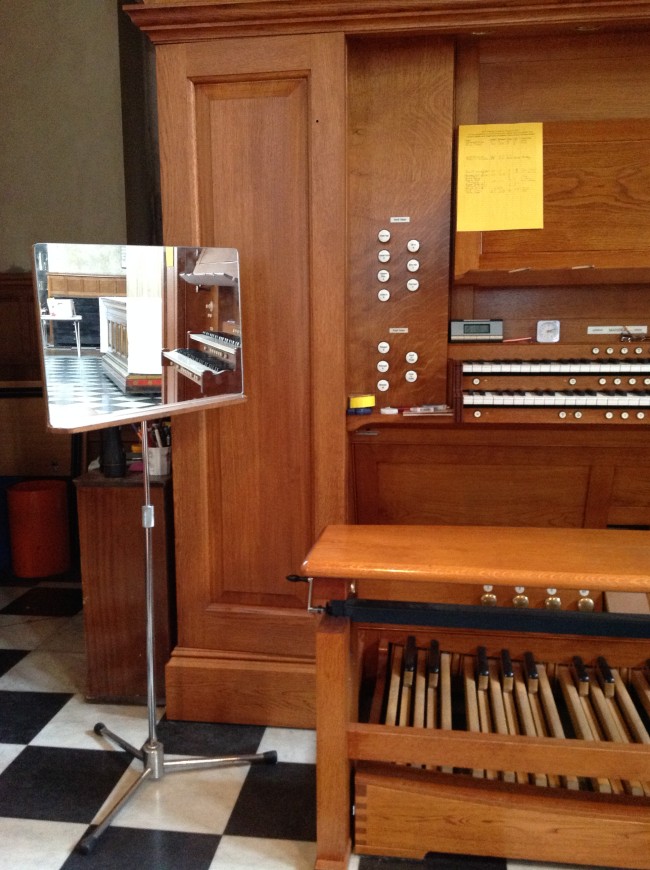
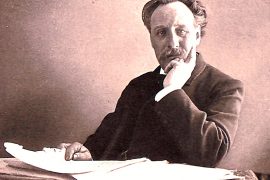
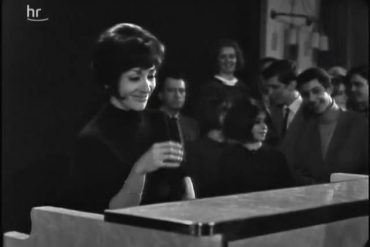
Hi,
Recently the “MOÓR Klavier bug” has bitten me. So I´m very intersted to learn as many as possible about that interesting vintage technology. Unfortunately, I did not find too many references in the www. So I would be glad if you could post your “loads more information about MOÓR pianos”, too.
Thank you so much.
Kindly regards,
Ulf DEML
Thanks Ulf for your interest. You’re right, there’s very little on the web. In fact I’ve had several requests for more information about the Moor Klavier, so will post soon. Morwenna/theladyorganist
Thanks Morwenna for your reply. I´m curious to learn more about Emanuel MOÓR´s double-keyboard piano system.
Ulf
Thanks for the great information. Do you have any idea if the Trust has any more copies of Herbert Shead”s book on the Moor double keyboard available? I can only locate one on the internet, and it is prohibitively costly. Thanks, and Happy Easter!
Happy Easter! Let me contact the Trust and find out. Morwenna
Could you find out if the Trust may have any more copies of Herbert SHEAD’s great book* for an obsessed MOÓR double keyboard piano enthusiast? Thank you in advance.
Ulf
* History of the Emanuel MOÓR Double Keyboard Piano
I’ll find out Ulf! – and I’ll email you back. Morwenna
There is a church in Napa, California that has a 9 ft, 6 in Bechstein Moor dual keyboard piano. It is E 139053. My wife has played it numerous times over the years. Her father purchased the piano in about 1953 and donated it to the church. We would love to know the history of the piano.. I have some pictures if that would be helpful. Thank you for any help you can give us
Thanks for these details, and very interesting that a Bechstein Moor has ended up in California! – I will check that number in the official history and get back to you.
The University of St Andrews did have an upright Emánuel Moór piano (which had belonged to Principal Sir Malcolm Knox who acquired it from the inventor), but I’m not sure where it is now. I once had it demonstrated in a short talk I did including Winifred Christie’s recordings, using both the octave coupler (Electrola recordings) and the ‘cembalo attachment’ (Vocalion recordings). So your upright is (I hope!) not the only one still in existence.
Amazing instrument, but with disadvantages (the extra ‘weight’ in coupling is not the only problem, I think). The ‘cembalo’ effect sort of works, and was a probably reasonable substitute for the Pleyel-style metal-framed harpsichords of the 1920s.
I remember that also. It had a dark case I think. It disappeared from the big room in Kennedy Hall St Andrews in summer 1988 when the music department left, mostly to Edinburgh and that building got shared with English department. There were a couple of clavichords that went at the same time I think too. That was two years ahead of the practice rooms moving to Younger Hall when I remember a number of pianos were culled. I bet it went to Edinburgh University.
Two further things about this: firstly I see that I short-circuited this piano’s provenance! It first went from Moór to Donald Tovey (no less) in Edinburgh, and only later to Principal Knox. I did find out who had salted it away in St Andrews after the University unthinkingly let it go. As I didn’t want to stir up a problem for the new owner, I waited until he died, to see what would happen (for instance a bequest). To cut a long story short, it has at last (February 2024) been acquired by St Cecilia’s Hall in Edinburgh, where it will be looked after. Thus the Edinburgh/Tovey connection will be maintained — as well as the Scottish connection with Winifred Christie, who was from Stirling.
It is currently in storage, but I was shown a few photos of it today that remind me that it is a Weber model. It also carries a stamp naming the Vocalion company, who in the early 1920s made sound recordings of Winifred Christie and Max Pirani playing a Moór piano, including the ‘cembalo attachment’.
Anyway, we do now have another upright Moór piano to celebrate!
Very interesting…thanks for the info. I saw one of these in the musical instrument museum in Berlin, and was very curious.